
This jeopardy style interactive reviews social studies content.
- Subject:
- Social Studies
- Material Type:
- Presentation
- Provider:
- Jeopardy Labs
- Date Added:
- 08/09/2017

This jeopardy style interactive reviews social studies content.

Students identify a need for renewal in their own community, conduct a field study, and make recommendations for renewal.
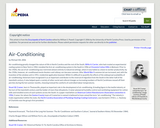
Students will read about the creation of air conditioning and the impact it had on the way people lived in North Carolina.
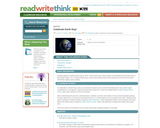
In celebration of Earth Day, students research famous environmentalists and write letters to them asking for their opinions on current issues and turn their letters into a poem.

Students will learn about life on the coast of North Carolina and the various aspects of the culture of the people who grew up there.

In this lesson, students will understand that people need to make unlivable areas livable by diverting resources.

In this resource, students can learn about the impact of fishing and fishing communities through out the United States. This site is connected with the Smithsonian Museum.

In this lesson, students begin thinking about the importance of farming and how we get our food. Note: This lesson was created in accordance with the VIF Global Competence Indicators for Grade 4. For more information about VIF and these indicators, please visit https://www.vifprogram.com/. This lesson was developed by Brenda Todd as part of their completion of the North Carolina Global Educator Digital Badge program. This lesson plan has been vetted at the local and state level for standards alignment, Global Education focus, and content accuracy.

In this lesson, students collaborate, communicate, and synthesize new learning about the importance of agriculture to society. This is the culminating lesson in the unit, that pulls all lessons (1-11) together. Note: This lesson was created in accordance with the VIF Global Competence Indicators for Grade 4. For more information about VIF and these indicators, please visit https://www.vifprogram.com/. This lesson was developed by Brenda Todd as part of their completion of the North Carolina Global Educator Digital Badge program. This lesson plan has been vetted at the local and state level for standards alignment, Global Education focus, and content accuracy.

This lesson begins by following up to the previous lesson in which students were instructed to politely refuse one single-use item. Students will observe how one community in South America makes something wonderful from trash. Students will learn the importance of reducing their trash by actively participating in a trash-sorting activity, and demonstrate the ability to reuse trash by making a "trash to treasure" product. This lesson was developed by Lee Ann Smith as part of their completion of the North Carolina Global Educator Digital Badge program. This lesson plan has been vetted at the local and state level for standards alignment, Global Education focus, and content accuracy.

Students and teachers can learn about the Haudenosaunee Alliance of various Native American groups including the Mohak from North Carolina.
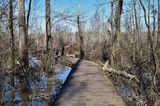
Virtual field trip to Haw River State Park.

In this lesson, students learn about Women’s movement throughout history and recognize its progress as well as the challenges still ahead.
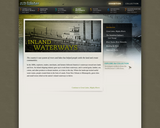
In this resource, students can learn about different waterways which were constructed during the 19th Century in the United States. This resource is connected with the Smithsonian Museums.
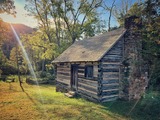
This video series is broken up into two-part mini programs which each include a short video history lesson followed by a second video with a craft activity. These videos are designed to be viewed together to learn about history of Vance Birthplace State Historic Site in the mountains of North Carolina and life in the 1800s.
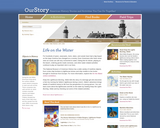
Children and adults can enjoy exploring lighthouses and the maritime history of the United States together through children's literature, everyday objects, and hands-on activities
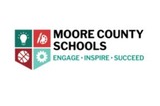
Students will research lighthouses of North Carolina using print and digital resources and create a digital presentation on the NC lighthouse of their choice. After studying basic electric circuits, students will use cardboard and Makedo tools to design and build a model of this lighthouse and wire it to light using a kit of electronic supplies. Students will showcase their final products with friends and family using digital photography, Google Presentations and a screencast video on Flipgrid or another platform of the teacher’s choosing. Students will submit a Seesaw documenting their experience with the Design and Engineering Process while building their lighthouse.

Students will learn about America's first gold rush, which took place in North Carolina in the early 1800s. They will then utilize their understanding of the gold rush and its affect on North Carolina by completing a creative writing assignment.
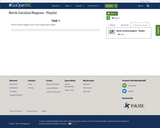

In this lesson, students identify the Eastern Tiger Swallowtail as the official butterfly of the state of North Carolina and explain the historical connection of the Eastern Tiger Swallowtail with the early North Carolina colony.